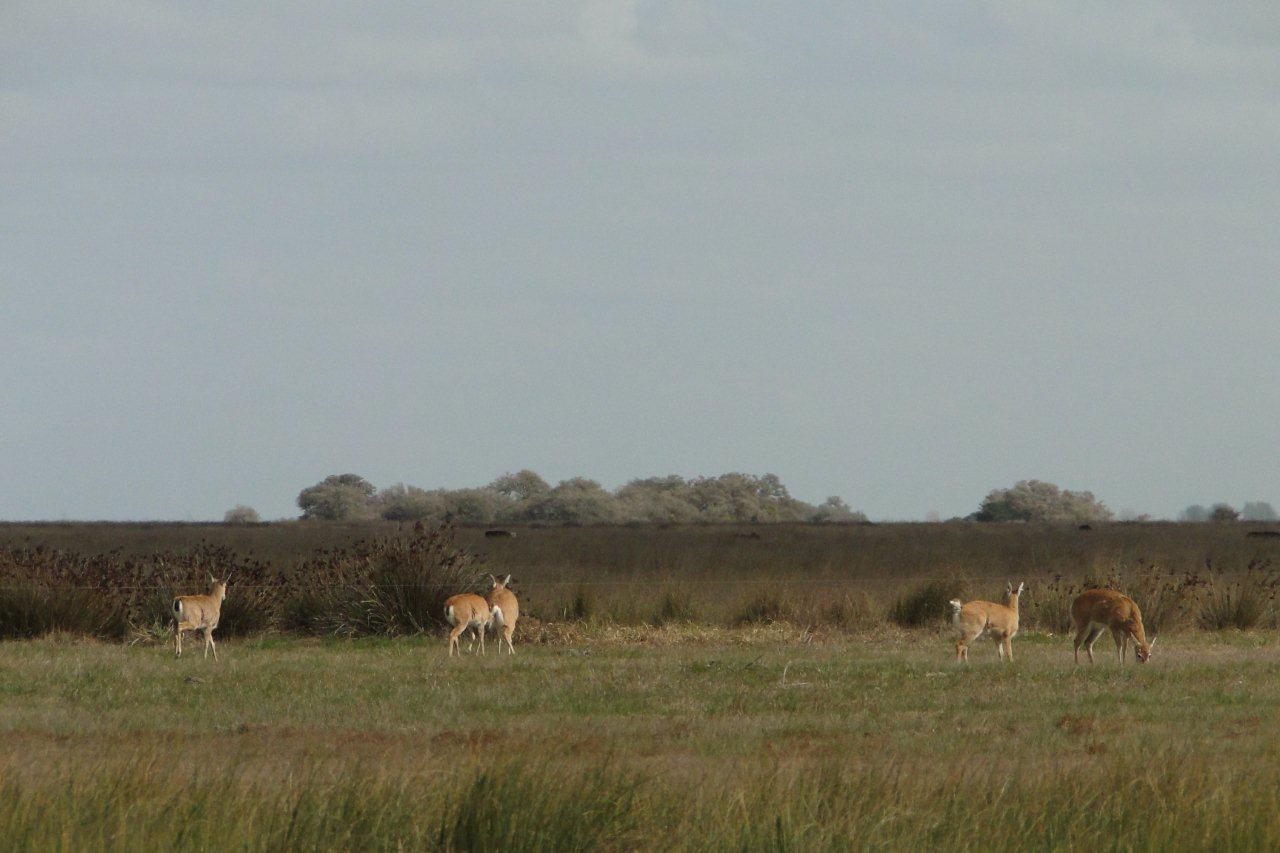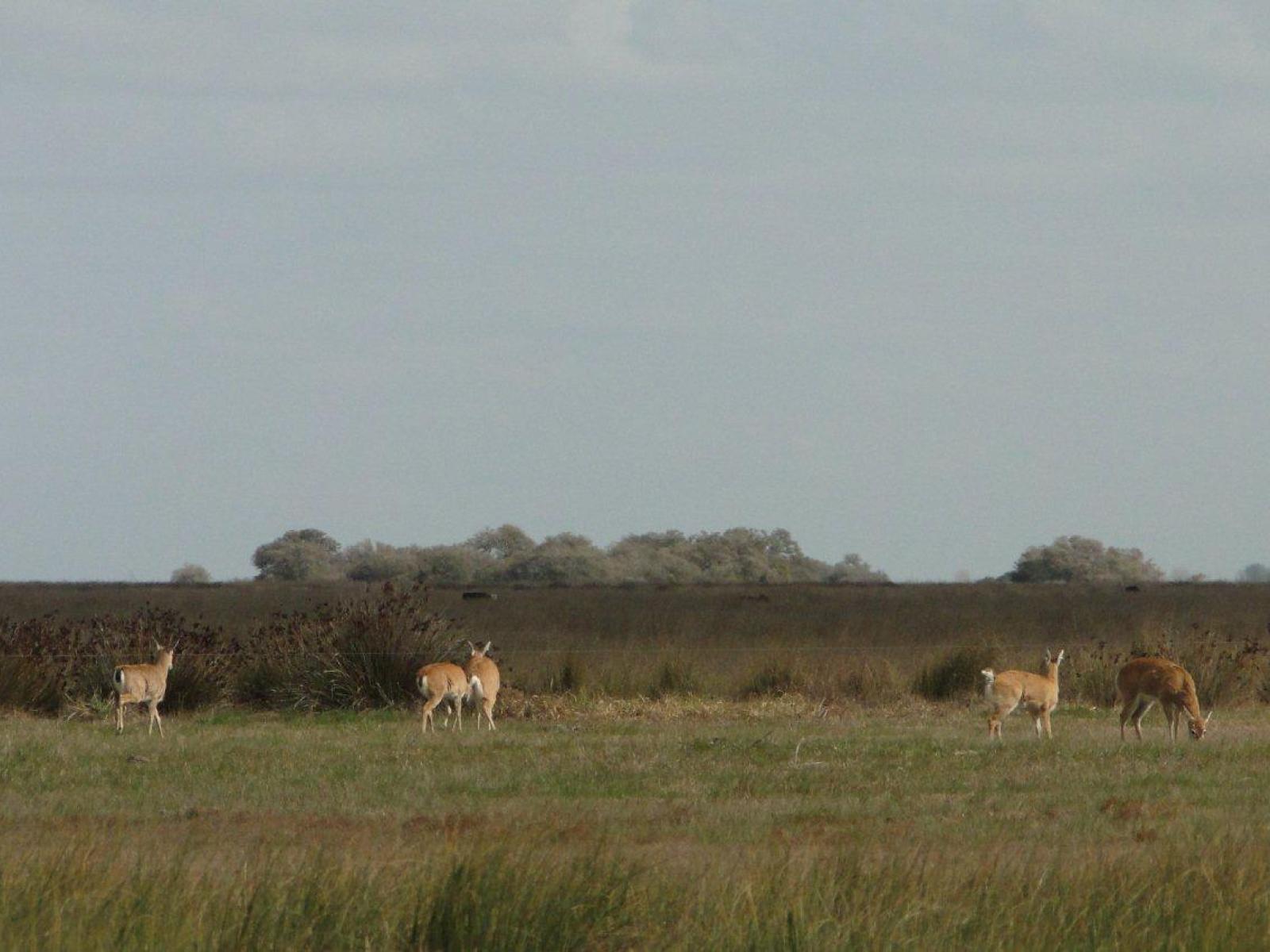An Overview Of Our Solution
- Population Impacted:
- Continent: South America
Organization type
Population impacted
Size of agricultural area
Production quantity
People employed
Describe your solution
Describe your implementation
External connections
What is the environmental or ecological challenge you are targeting with your solution?
Describe the context in which you are operating
This vast plain was mainly a livestock breeding area, but has undergone major changes in land use and agricultural management, due to the introduction of GMO soybeans and tillage systems. Only approximately 8% of the original grasslands remains. Livestock farming is still the predominant activity in Samborombón, which is developed in extensive breeding systems. The rising sea levels and erosion process cause a shift of the coastal area inland, reducing the surface for farming, while redistributing forage resources and causing the loss of natural pastures and deterioration of groundwater. This shift in areas intended for livestock inland lead to potential conflicts of land use, access to fresh water and biodiversity. The pampas deer population in Samborombón is mostly located in protected coastal areas and bordering private ranches. Cattle affect the deer, generating changes in habitat selection and deteriorating the scarce good quality forage. Our management solution allows the conservation of the remnant grasslands and its associated biodiversity with beef production with high economic gain.
How did you impact natural resource use and greenhouse gas emissions?
Language(s)
Social/Community
Water
Food Security/Nutrition
Economic/Sustainable Development
Climate
Sustainability
The economic sustainability is that this model is good business. A producer will be better off (accumulates more richness) in the long run by applying this type of management while improving the conservation state of the ecosystem. It is a win-win scenario. The success has depended on all three types of funding: grants to install demonstration units, generate information and train, market-based revenues (certification schemes such as the Grasslands Alliance Regional Initiative), and lastly, the active participation of the municipalities in the development and application of incentives.
Return on investment
Entrant Image

